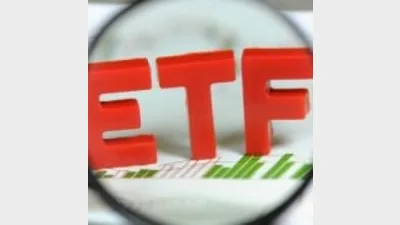ETF investors undeterred by market volatility



The Australian exchange-traded fund (ETF) market saw $1.8 billion in new cash flows for the third quarter of 2018, growing overall ETF industry assets under management (AUM) to $3.4 billion over the quarter to over $42 billion.
Vanguard’s September quarter ETF report also found that investors continued to favour global equity ETFs, which attracted 58 per cent of Q3 flows.
The September quarter also saw ETFs attract the highest quarterly cash flows in the year to date.
According to the study, US equities also continued to deliver strong returns for investors with one-year returns close to 28 per cent.
At the same time, the September quarter saw $337 million flow into Australian fixed income, representing 18 per cent of overall flows and $207 million more than was invested into Australian equity ETFs. This was due to a slower first half, the report said.
Following this, global fixed income grew in favour in the quarter, attracting five per cent of total cash flows, up from four per cent in the previous quarter.
Vanguard’s head of ETF capital markets, Damien Sherman, said: “While US equities delivered strong returns for investors year to date, the more recent market volatility in October has again tested investors’ resolve.”
“However, as we have seen during most market pull backs, ETF investors continue to add to their positions during times of market volatility. Over the past few weeks we have received an increase in ETF creation activity.”
Recommended for you
Evidentia’s chief investment strategist Nathan Lim has announced his retirement after a 30-year career.
GQG Partners has marked its fifth consecutive month of outflows as its AI concerns lead to fund underperformance but overall funds under management increased to US$166.1 billion.
Apostle Funds Management is actively pursuing further partnerships in Asia and Europe but finding a suitable manager is a “needle in a haystack”.
Managed account provider Trellia Wealth Partners, formed from the merger between Betashares and InvestSense, has appointed its first managing partner.











